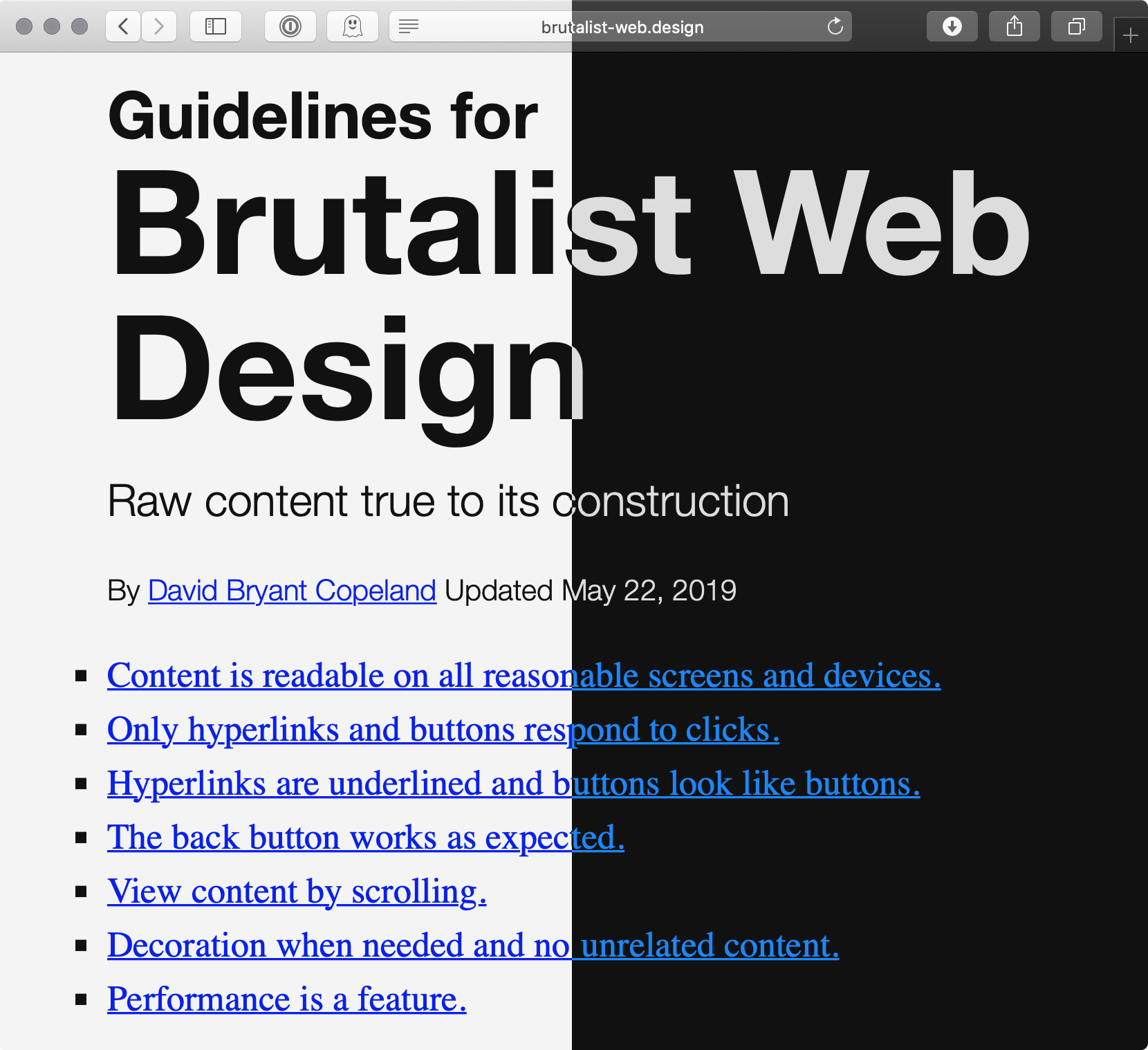Choosing Technology
August 08, 2019
Choosing technology has a huge impact on a team’s performance, and when you are starting out, you have a lot of decisions to make. We often get hung up on technical features, or weather we should use a framework or a bunch of libraries. The reality is you have to gain a deep understanding of the business realities coupled with your team’s values. From there, you then evaluate your startup cost (opportunity cost) against the cost to maintain the system over time (carrying cost) to arrive at the best decision. Technical features are a part, but a small one.
